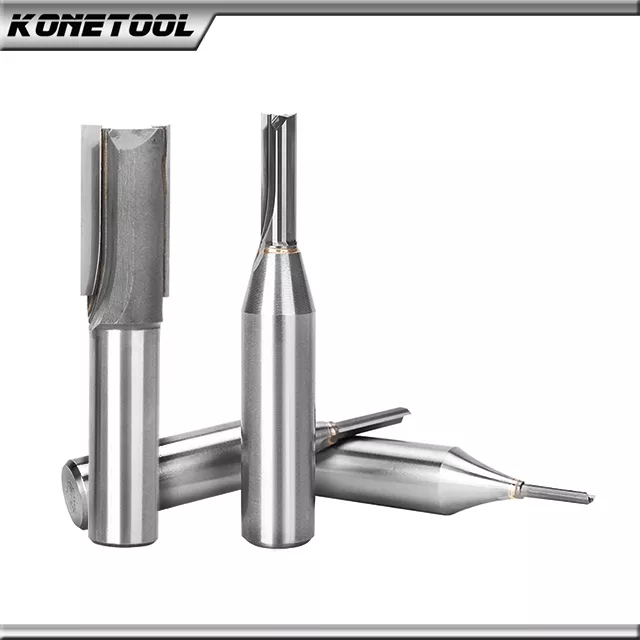- Cause: You use a low speed connection or the Internet is slow at this time. Solution: Hit the Refresh Button of the browser.
- Cause: Your browser is not complying with the cascading style sheet used. Solution: Update your browser. We recommend Internet Explorer (IE) or FireFox.
 Terra* viewed from space. Photo courtesy of NASA. Quote We should not say 'I am an Athenian' or 'I am a Roman' but 'I am a Citizen of the Universe'. Marcus Aurelius |
|
Sharpening router bits is a crucial aspect of woodworking, as it ensures that your cuts are clean and precise. A sharp router bit can help reduce the amount of tear-out and splintering that can occur during the cutting process, resulting in a cleaner and more professional-looking finished product. In this article, we will explore the various methods for sharpening router bits, including hand-sharpening and using specialized sharpening tools. Before we dive into the details of sharpening router bits, it’s important to understand the anatomy of a typical router bit. Router bits consist of a shank (the part that fits into the router), a body (the part that does the cutting), and a cutting edge (the part that actually cuts the wood). The cutting edge is the most critical part of the bit when it comes to sharpening, as it determines the quality of the cut. There are two main types of router bits: carbide-tipped and high-speed steel (HSS). Carbide-tipped bits are made from a combination of tungsten carbide and cobalt, while HSS bits are made entirely from high-speed steel. Carbide-tipped bits are generally considered to be superior to HSS bits, as they are more durable and hold an edge longer. However, they are also more expensive than HSS bits, so it’s important to take good care of them to get the most value out of your investment. Now, let’s take a look at the various methodsfor sharpening router bits: Hand-Sharpening with a Diamond File
Step 1: Remove the bit from the routerBefore you begin to sharpen the bit, you’ll need to remove it from the router. Make sure the router is unplugged and use a wrench to loosen the collet nut, then slide the bit out of the collet. Step 2: Clean the bitBefore you start sharpening, it’s important to clean the bit to remove any debris or resin buildup that may be present on the cutting edge. Use a stiff-bristled brush or a toothbrush to scrub the bit clean. Step 3: Sharpen the bitUsing a diamond file, hold the bit at a 45-degree angle and run the file along the cutting edge in a smooth, back-and-forth motion. Be sure to maintain a consistent angle throughout the process to ensure an even edge. Repeat this process several times until the cutting edge is sharp. Step 4: Check the sharpnessTo check the sharpness of the bit, hold a piece of paper up to the cutting edge and see if it cuts cleanly. If there are any ragged edges or tears, the bit needs more sharpening. Step 5: Reinstall the bitOnce you’resatisfied with the sharpness of the bit, reinsert it into the router and tighten the collet nut securely. Using a Router Bit Sharpening Jig
Step 1: Set up the jigFollow the manufacturer’s instructions to set up the jig on a flat surface. Make sure the jig is securely clamped in place and that the bit is properly aligned with the sharpening surface. Step 2: Sharpen the bitUsing the jig, run the router bit along the sharpening surface in a smooth, back-and-forth motion. The jig will hold the bit at the correct angle, so you don’t need to worry about maintaining a consistent angle. Repeat this process several times until the cutting edge is sharp. Step 3: Check the sharpnessTo check the sharpness of the bit, hold a piece of paper up to the cutting edge and see if it cuts cleanly. If there are any ragged edges or tears, the bit needs more sharpening. Step 4: Reinstall the bitOnce you’re satisfied with the sharpness of the bit, reinsert it into the router and tighten the collet nut securely. Using a RouterBit Sharpening MachineIf you have a large number of router bits to sharpen, or if you’re looking for a more efficient and consistent method, you may want to consider a router bit sharpening machine. These machines are specifically designed for sharpening router bits and can quickly and easily restore the cutting edge to like-new condition. Step 1: Set up the machineFollow the manufacturer’s instructions to set up the machine on a flat surface. Make sure the machine is securely anchored in place and that the bit is properly aligned with the sharpening wheel. Step 2: Adjust the sharpening angleMost router bit sharpening machines allow you to adjust the sharpening angle to match the angle of your particular bit. Follow the manufacturer’s instructions to make the necessary adjustments. Step 3: Sharpen the bitUsing the machine, run the router bit along the sharpening wheel in a smooth, back-and-forth motion. The machine will hold the bit at the correct angle, so you don’t need to worry about maintaining a consistent angle. Repeat this process several times until the cutting edge is sharp. Step 4: Check the sharpnessTo check the sharpness of the bit, hold a piece of paper up to the cutting edge and see if it cuts cleanly. If there are any ragged edges or tears, the bit needs more sharpening. Step 5: Reinstall the bitOnce you’re satisfied with the sharpness of the bit, reinsertit into the router and tighten the collet nut securely. Tips for Maintaining Sharp Router BitsIn addition to sharpening your router bits, it’s important to take good care of them to ensure they stay sharp for as long as possible. Here are some tips for maintaining sharp router bits: Keep them cleanAs mentioned earlier, debris and resin buildup can dull the cutting edge of your router bits. To prevent this, make sure to clean your bits regularly with a stiff-bristled brush or toothbrush. Store them properlyWhen you’re not using your router bits, store them in a dry, clean place where they won’t get banged around or damaged. Consider using a dedicated router bit storage box or cabinet to keep them organized and easily accessible. Use them properlyUsing your router bits improperly can cause them to dull more quickly. Make sure to use the correct speed and feed rate for the type of wood you’re cutting, and avoid putting too much pressure on the bit. Avoid overheatingOverheating can cause router bits to lose their temper and become dull more quickly. To prevent overheating, make sure to use a sharp bit and take breaks if you’re doing a lot of cutting. ConclusionSharpening router bits is an essential skill for any woodworker (Click here for konetool router bits). Whether you’re using a diamond file, a router bit sharpening jig, or a router bit sharpening machine, the key is to maintain a consistent angle and repeatthe process until the cutting edge is sharp. Additionally, taking good care of your router bits by keeping them clean, storing them properly, using them correctly, and avoiding overheating can help them stay sharp for longer. By following these tips and techniques, you can ensure that your router bits are always in top condition, resulting in cleaner, more precise cuts and a more professional-looking finished product.
©Copyright 2022 Gabriel Ditu
|
|
 Admiring the universe |


